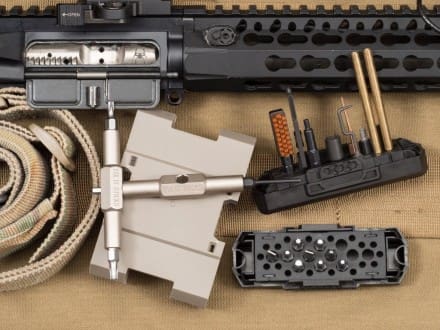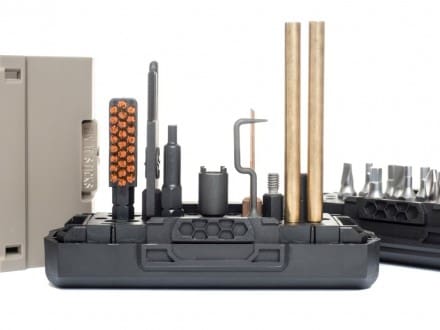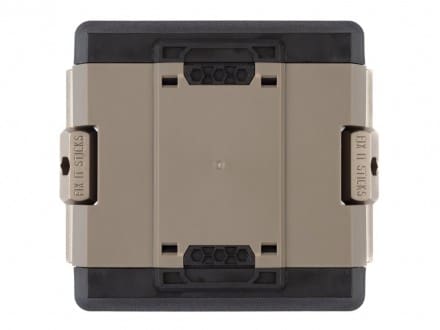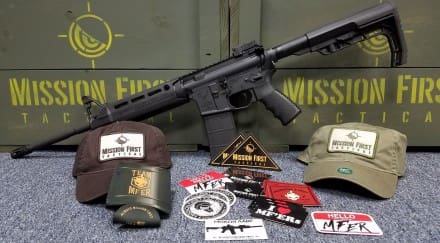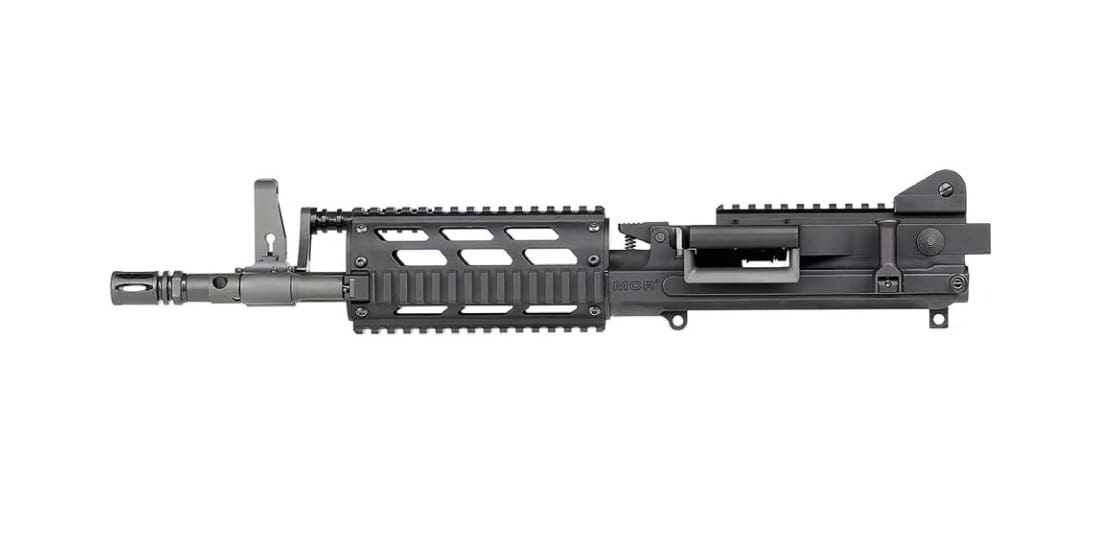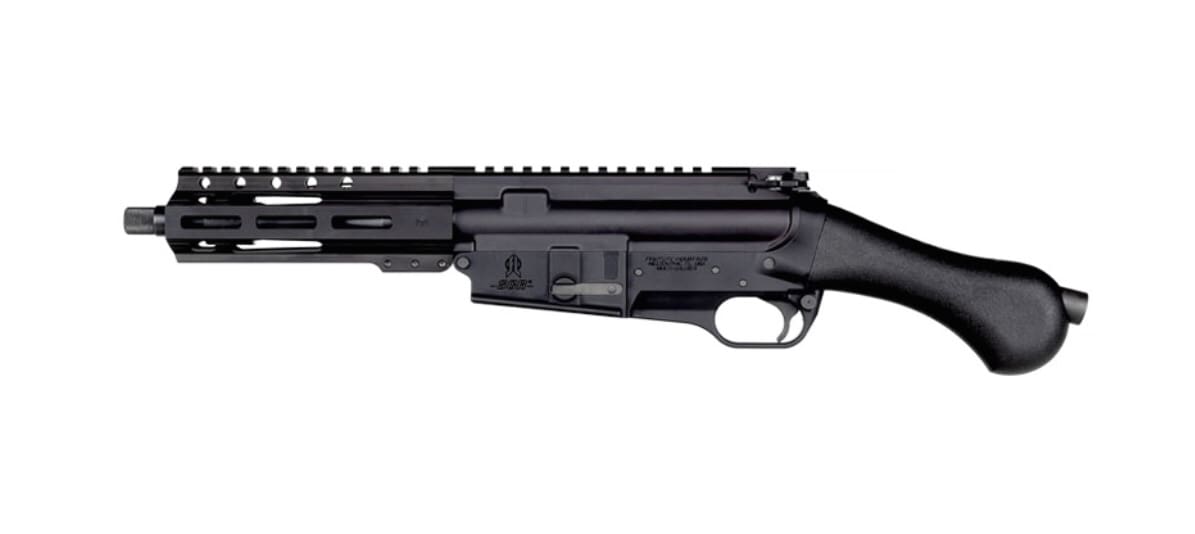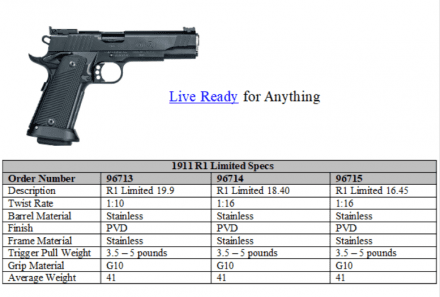Late last week, the US Army’s 101st Airborne Division (Air Assault) at Fort Campbell, Kentucky, received the first of over 2000 new XM17 Modular Handgun Systems, making them the First Unit Equipped with this capability. Division commander, MG Andrew P. Poppas commented, “this is another 101st, first.” MHS consists of the XM17 and XM18 compact pistols as well as XM1152 Ball and M1153 Jacketed Hollow Point (Special Purpose) ammunition.
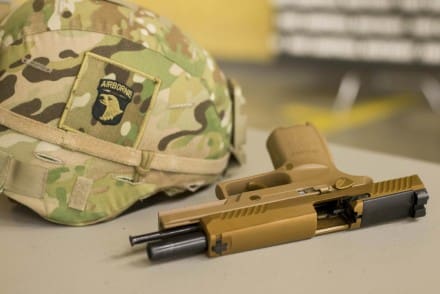
To learn about this initial fielding, which occurred just 10 months after contract award, I was invited to Program Executive Officer Soldier at Fort Belvoir, Virginia. On hand was LTC Steven Power, Product Manager Individual Weapons, Project Manager Soldier Weapons, located at Picatinny Arsenal, New Jersey.

Mr Daryl Easlick of the Maneuver Center of Excellence Lethality Branch discussed the history of the MHS requirement which dates back to 2008 as an Air Force requirement for a Non-Developmental Item handgun. The Army adopted responsibility for the M9 handgun replacement because of life cycle concerns. They also wanted improvements in ergonomics, safety, and integration of accessories via a rail along with integrated night sights. All of these improvements would have been extremely difficult to make happen with the M9 platform. The answer was a new pistol which coalesced as the Modular Handgun System requirement.
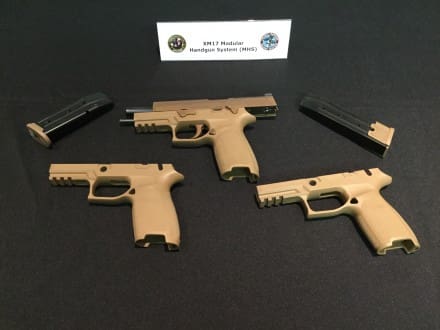
Mr Tom Taylor and Steve Rose of M17 manufacturer, SIG SAUER, were also on hand to provide supporting information. The MHS is manufactured in their factories in New Hampshire. They’ve teamed with Winchester is the largest provider of small caliber ammunition to the US Government. Despite the open caliber nature of the MHS solicitation, MHS is a 9mm weapon, which falls in line with FBI studies. Winchester’s Mr Glen Weeks says that the new ammunition is 25% more lethal than previous ammo. The so-called Special Purpose round is a Jacketed Hollow Point, based on already available ammunition and features a 147 grain projectile. The ball ammo offers a 115 grain projectile.
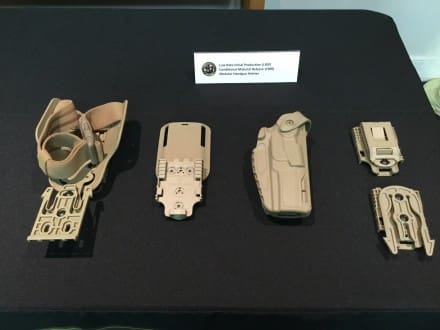
Above, you see a Safariland holster which is a component of MHS. It offers several mounting options and is commercially available. However, it’s important to note that this is an interim solution which will be fielded with all of the Low Rate Initial Production MHS, which is limited to just 10 percent of the total procurement. According to Ms Sequena Robinson, Product Officer, Product Manager Soldier Clothing and Individual Equipment, at PEO Soldier, they should have fininshed source selection on a new holster system to support MHS by the time it moves to Full Material Release. PM SCIE, has worked closely with PM SW to offer the holster component of the MHS.
LTC Power was reticent to discuss the full fielding schedule. Not because of delays. To the contrary, the Army is looking at ways to speed up the fielding. Not just this program, but across the board. In fact, MHS was sped up by 18 months. In just 10 months, Both Army and SIG got a lot done. SIG had to produce pistols in the exact configuration the Army planned to purchase and two iterations of testing, all before an actual purchase contract was awarded. Then, they required additional testing of production guns which had to be produced in a new secure area in their factory. Winchester had to accomplish the same things for the new ammunition as well.
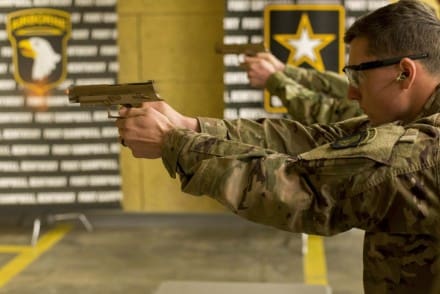
SFC Andrew Flynn serves as the 101st Division Master Gunner. He is responsible for the Division’s small arms and in particular the roll out of MHS. His comments on the pistol were that it is an “excellent weapon. Soldiers will be able to transition to it with no trouble.” LTC Power also mentioned that the consistent trigger pull of the MHS aids in familiarity and decreases training time.
With fielding of MHS, Infantry team leaders and above will now wield dual weapon systems; both carbine and pistol. The concept is that, due to increased capability, the pistol is now an offensive weapon, day or night. 1LT Andrew Borer and CPL Jory Herrmann of C Co, 1st Bn, 506th Inf Regt, 1st BCT, 101st Airborne Division (Air Assault) were in the range during the initial fielding. Both were confident that MHS makes them more lethal. Interestingly, this significant Basis of Issue change was possible because of cost savings compared to the legacy M9 program.
According to Division Master Gunner SFC Flynn, they have identified a requirement to train its Soldiers who are dual armed, transition techniques. MCOE’s Mr Easlick commented that they are using lessons learned from SOF elements like the 75th Ranger Regt and Special Forces Groups. However, the Army’s intent is not to provide both pistol and carbine for all Soldiers. Mr Easlock mentioned that while every Soldier who closes with the enemy could benefit from a pistol and carbine, balancing training and resource requirements led them to this current course of action. However, the Army continually assesses its basis of issue for all equipment.
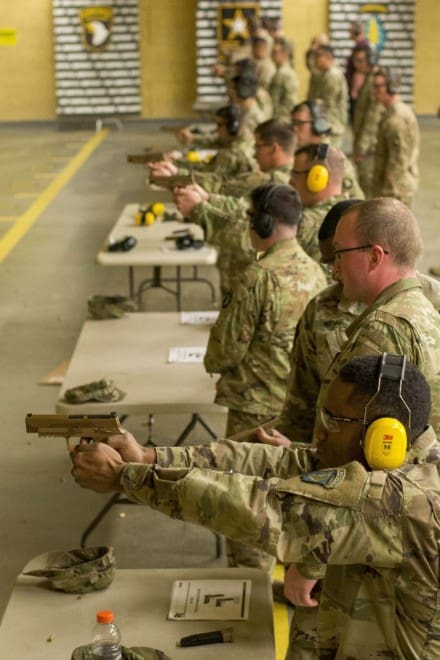
The Soldiers of the 101st like the modularity aspects of the pistol. Particularly, the ability to change the grip. On the range some swapped their grips from the standard Medium version in order to be more comfortable and consequently, more lethal. However, based in glove sizes within the Army, most Soldiers will likely stick with the Medium grip.
LTC Power addressed questions regarding concerns over SIG’s civilian P320 firing when dropped. He said that the XM17 incorprates components which prevent that flaw and that the Army’s test protocols are more stringent than law enforcement testing. In fact, according to LTC Power, who witnessed Army testing, the XM17 did not exhibit this flaw at all.
Integration across program offices to support MHS has been excellent. It is a system and the Army plans to increase its capability. I’ve already mentioned the holster and ammo pouches coming out of PM SCIE. But the Army has an unfulfilled requirement to suppress MHS. Additionally, they are working through the Soldier Enhancement Program to field a Pistol Aiming Laser. Finally, MHS slides are pre-cut and feature mounting plates for red dot optics. This is an upgrade capability that hasn’t even been addressed yet.
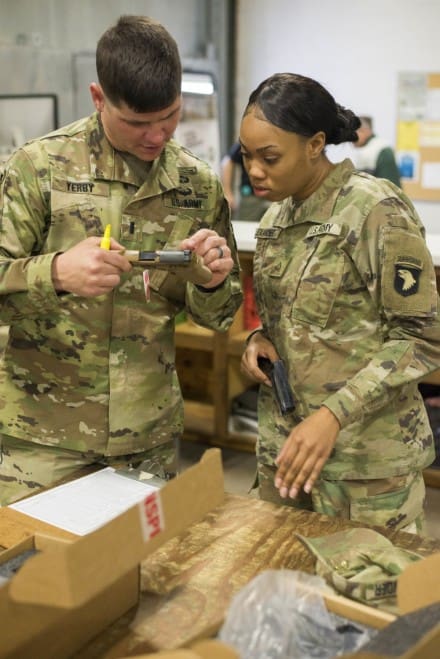
In addition to the 101st, other units on Ft Campbell, such as Criminal Investigation Division, are also fielding MHS. In the case of CID, it is the XM18 which features a smaller frame.
The next fielding of MHS is with 1st Security Force Assistance Brigade at Fort Benning, Georgia. Ultimately, the Army has a requirement to field over 238,000 MHS.
US Army photos by SGT Samantha Stoffregen, 101st Airborne Division (Air Assault) Public Affairs






